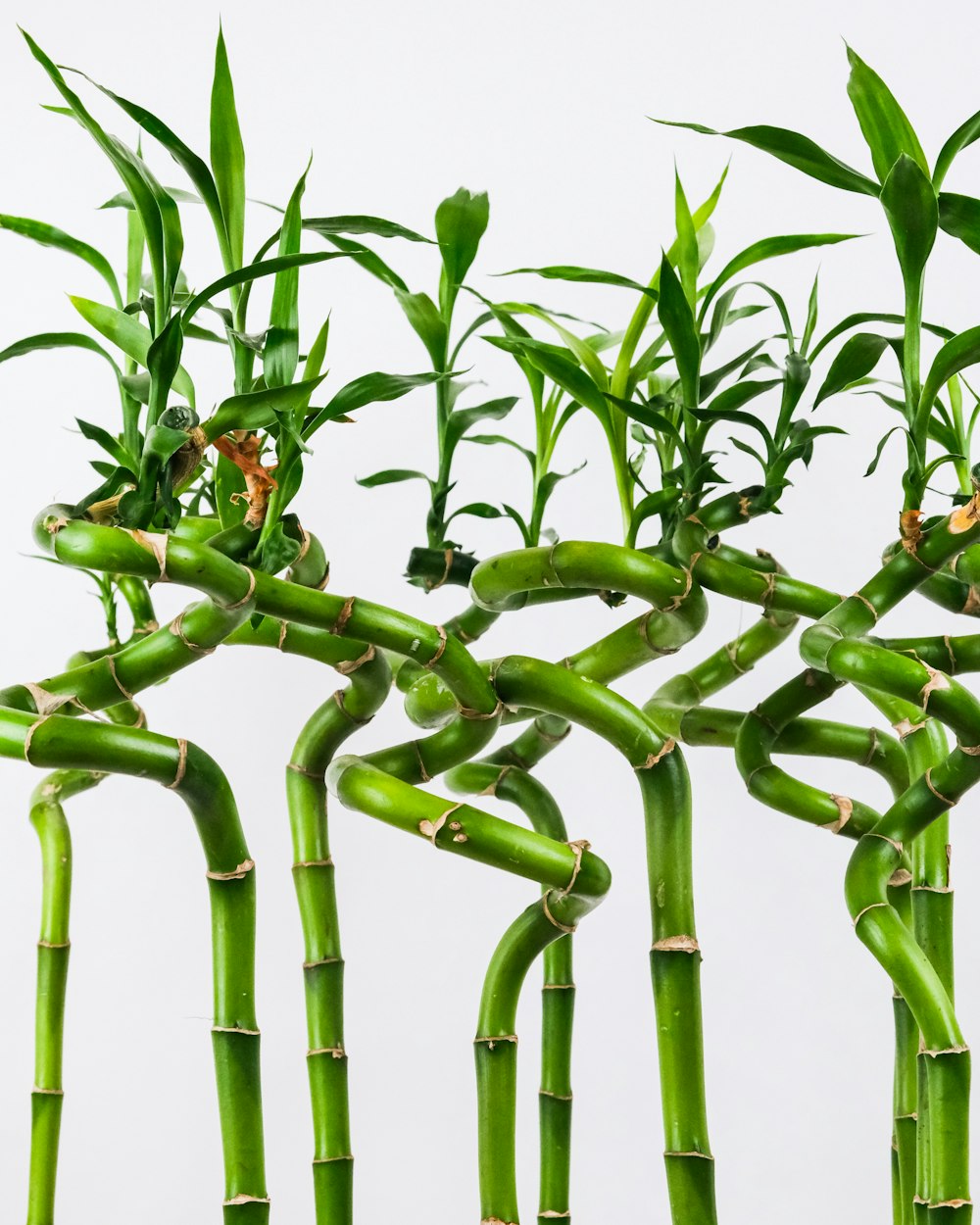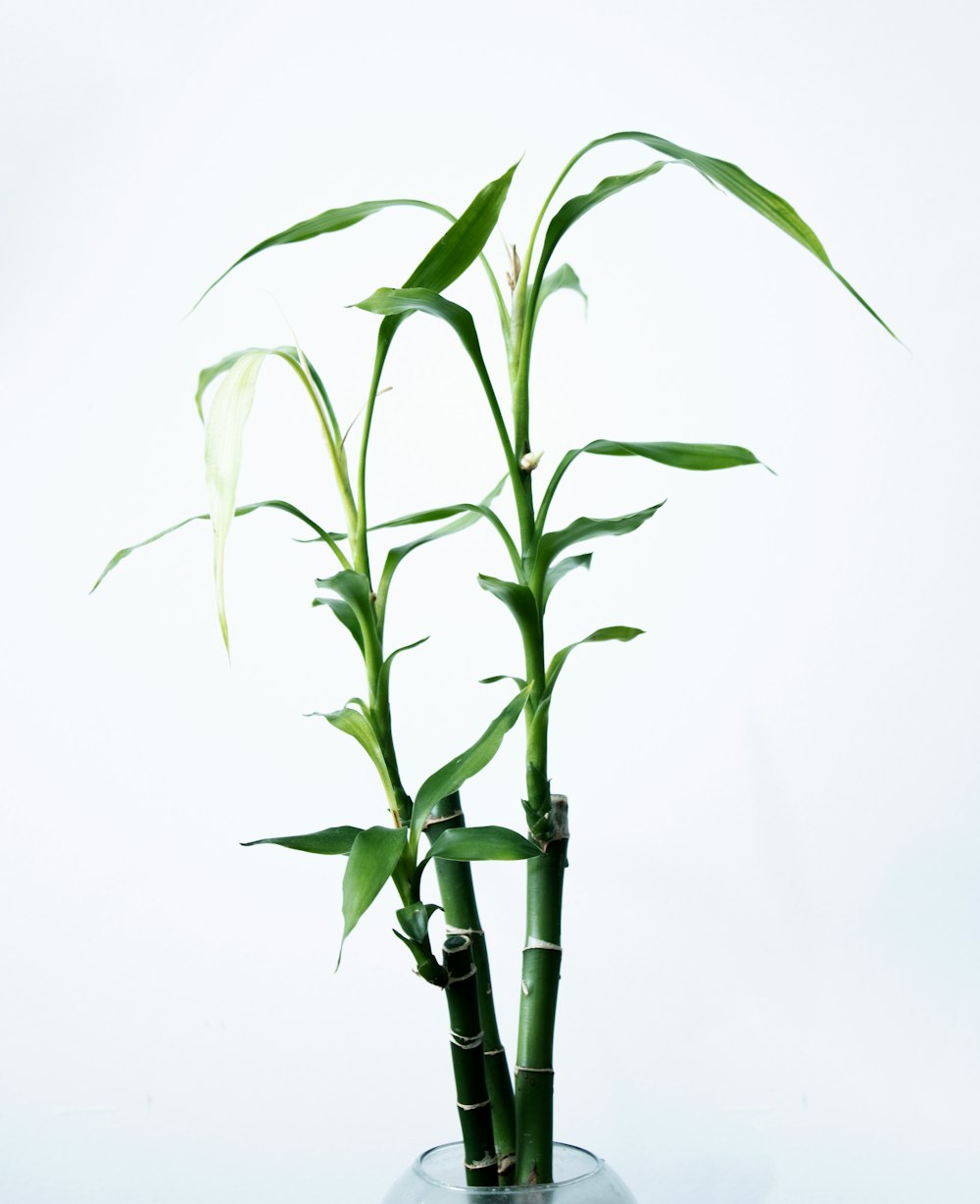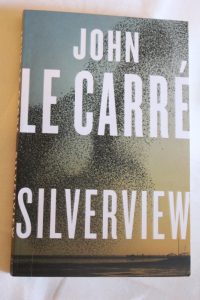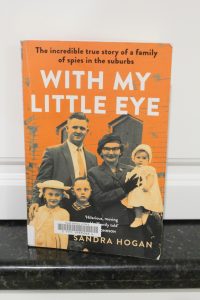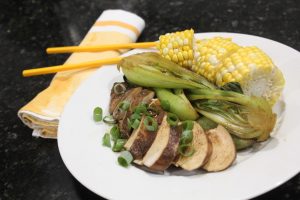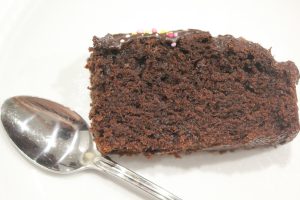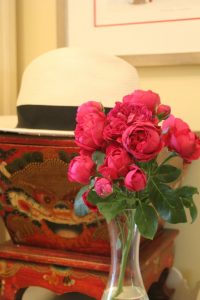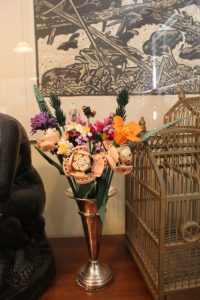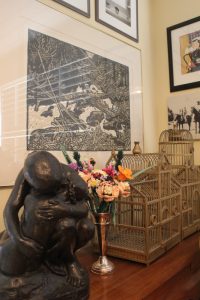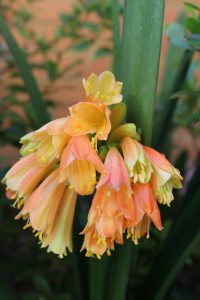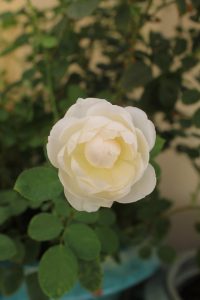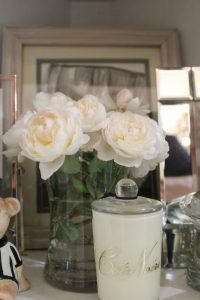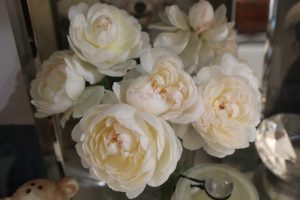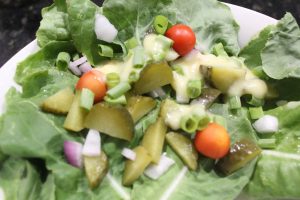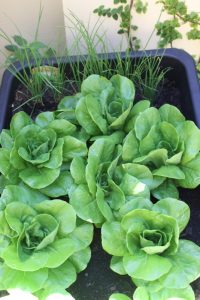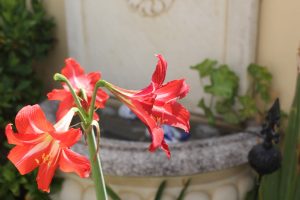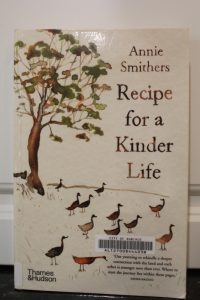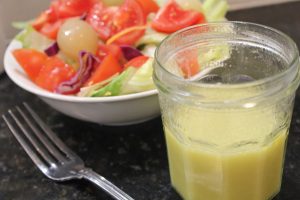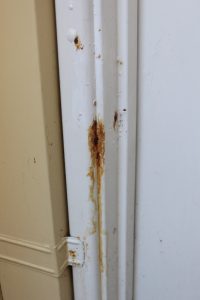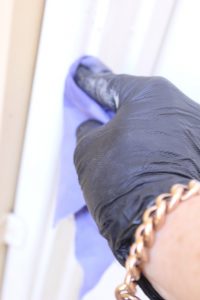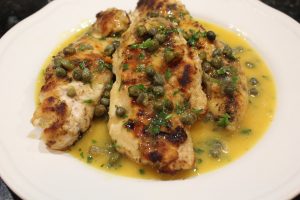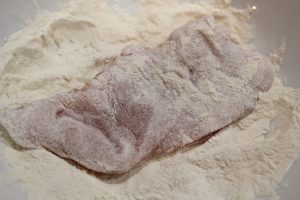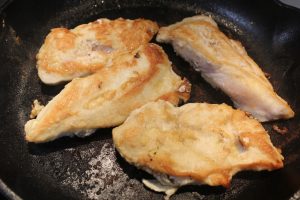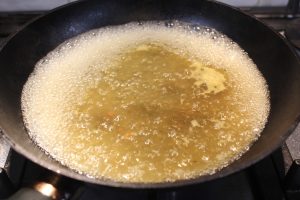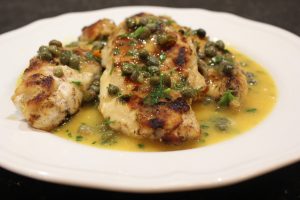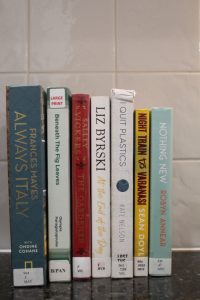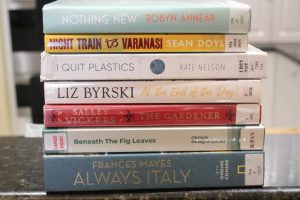When my husband was working at his office in Hong Kong we would stay at the Excelsior Hotel which was just a block away. Sadly it has now been demolished. Closed in 2019 the site is being developed as an office block. It was quite easy for me to entertain our small son as our rooms always overlooked the Hong Kong Yacht Club where they still fired the noonday gun. This former naval military artillery piece on an enclosed piece of land near the waters edge is fired at noon and on New Year at midnight. Our small boy was also entertained for hours watching the planes landing and taking off Kowloon side across the water at Kai Tak airport.
Growers turn the lucky bamboo stems to make them move towards sunlight, creating the twisted stems.
The other element I remember from the Excelsior, apart from the amazing range of cuisine available at several restaurants, was every room had stems of lucky bamboo in oriental patterned vases. These were popular in restaurants, hotels and office blocks but not common elsewhere. Some were ornate and twisted and some were just straight but they were usually decorated with red string knotted around the stems to encourage good luck.
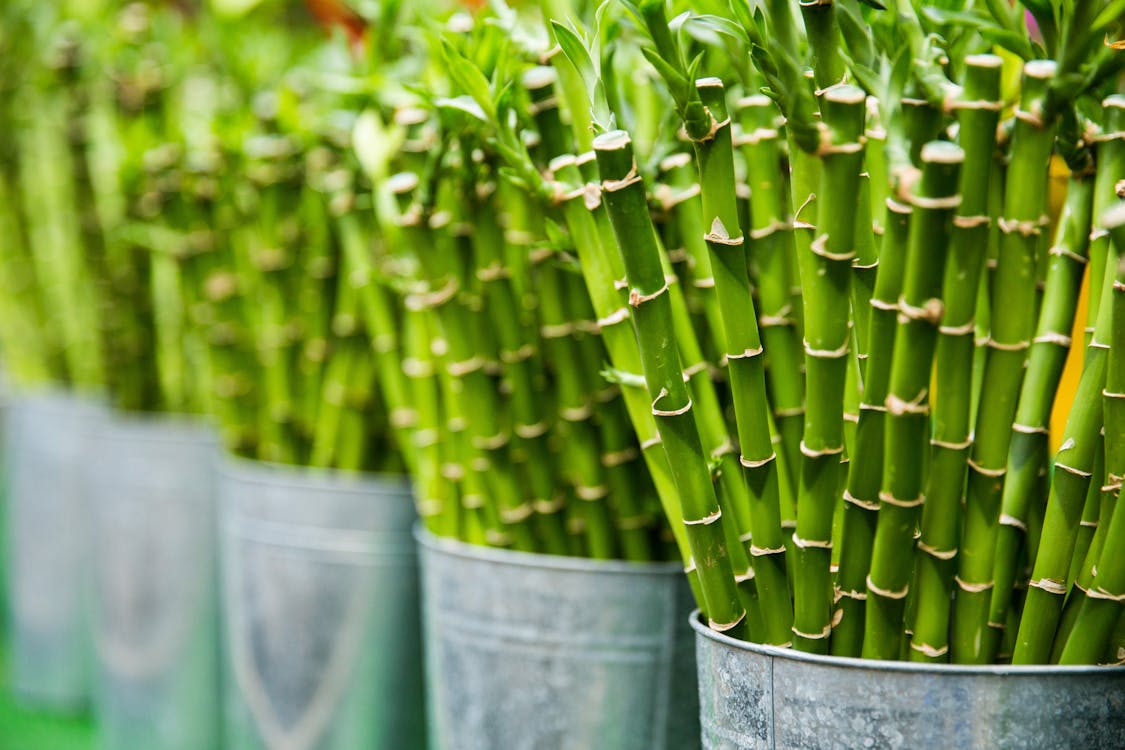

Lucky bamboo is not actually a bamboo, but belongs to the Dracaenia family and is Dracaenia sanderiana. It is native to Africa and Southeast Asia. Lucky bamboo is thought to bring positive energy and strength. According to feng shui, the number of stalks encourage different strengths and good fortune. Twenty one stalks is a very powerful blessing for great wealth and prosperity.
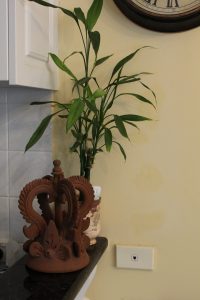

This small lucky bamboo missed the constant attention of small hands at school but after a year or so when I had retired, it thrived.
Since we returned to Western Australia I’ve had lucky bamboo in two places. One was about 18 years old and very big and lush. The leaves were slowly turning yellow. I suspect I’d over fertilised it. I know now lucky bamboo only needs fertiliser every three or four months. The other lucky bamboo used to be in my classroom and began as two small stems. When I first brought it home it didn’t thrive. Maybe it missed small people breathing on it and poking the soil to see if it needed watering. Since I’ve stopped fertilising it so often it is thriving.
I decided the old, very big lucky bamboo, slowly turning yellow and already touching the ceiling, could be the source of new plants.
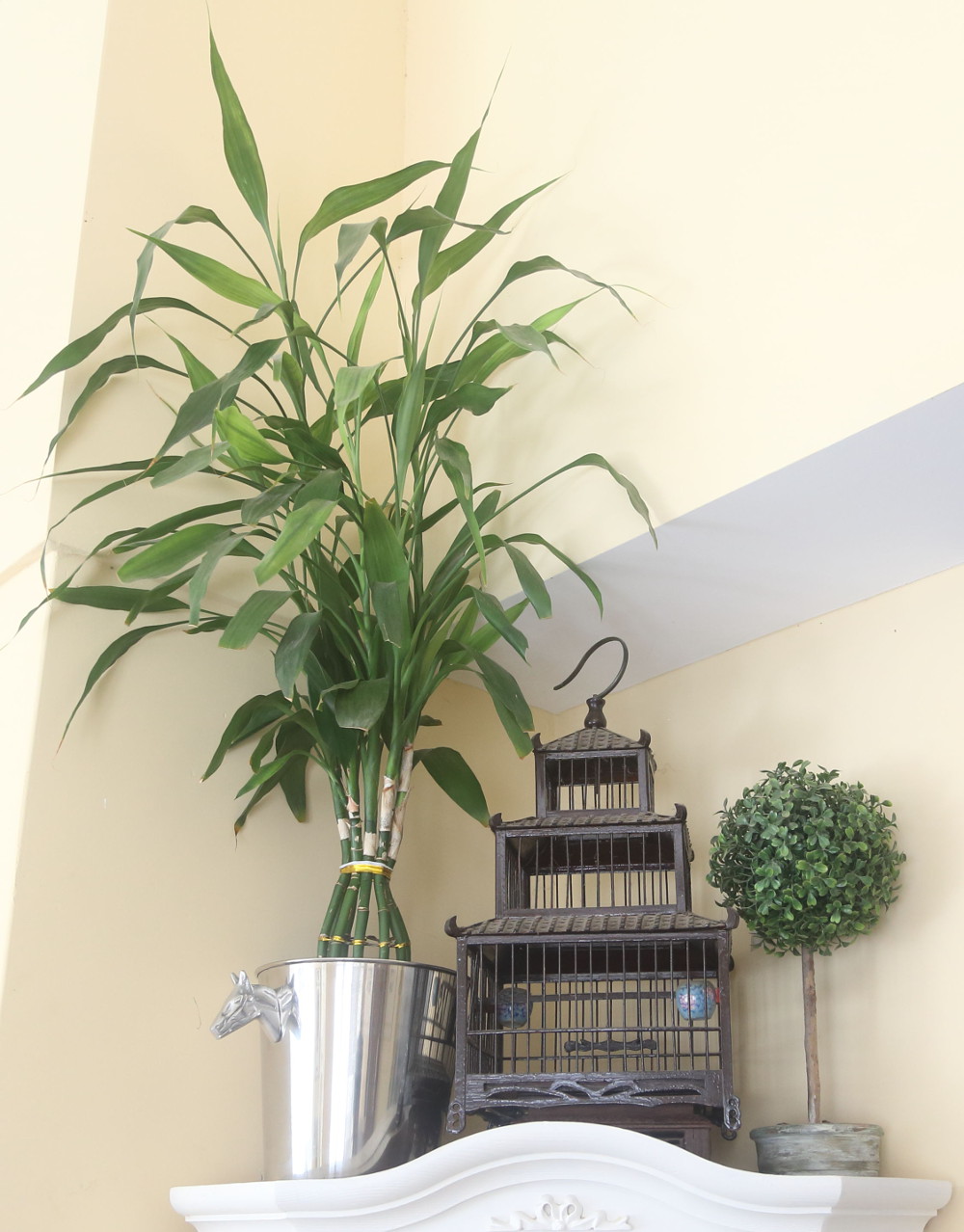
The lucky bamboo a few years ago before it hit the ceiling and stated heading sideways. It has seven stems.
Propagating dracaenias/lucky bamboo
I gathered the materials, got down the old plant and set about making new plants.
You need:
stems of lucky bamboo
a clear jar/vase with some water*
garden scissors/secataurs
rooting/growth powder (optional)
* some people use filtered water, I used cooled boiled water
Cut stems with leaves just below a nodule. Remove any yellowed leaves, dip the stalk into rooting powder if you’re using it and put the stem in the jar of water.
Leave the jar of stems in dappled sunlight until little roots develop on the cut end. This took two weeks in the heat of summer. I left them another two weeks. One stalk grew roots despite the leaf yellowing and dying and one quite healthy looking cutting didn’t develop roots at all.


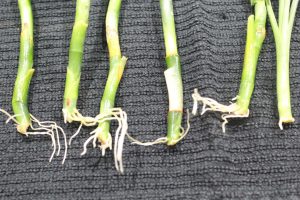

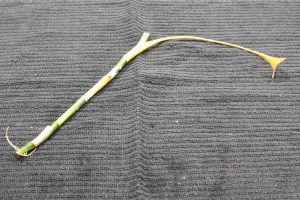

Although the single leaf on this stem died the developing root system is quite strong so I’ve left it in with the others.
I have left the stems in water for now. Lucky bamboo lives for longer in soil but it also thrives in water. In either case, use specific lucky bamboo fertiliser. Pour a capful into a jug of water to dilute it then add to the water or the soil about once a month. No more!
Why have I left the stems in water? Normally I plant my lucky bamboo in soil as they last a few years longer than in water. It is very, very hot here at the moment, has been for a few weeks and continuing hot weather is forecast. I don’t want these young and still quite small roots to dry out in soil so I’ve left them in water, which is easy to top up when necessary. When it is cooler I will plant them in loose, good quality potting mix and put the pot in one of the various holders I use ( a faux Greek antiquity vase, a stainless steel ice bucket, a chinoiserie teapot missing it’s lid) At the moment the jar of rooted stems is in an old teapot.
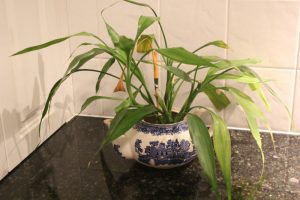

I trimmed the dead leaf off the flourishing stem and it is healthy so I will keep it in the pot.
If you’re growing lucky bamboo in water the roots will be easy to check. As they grow and become a tangled mass in the container they take on a red tinge. This means they are healthy!
opening the border between western australia and the rest of australia
On the 2nd of April, 2020, Western Australia closed its border to the rest of Australia in an attempt to stop the spread of the corona virus. It was very successful but also meant families, friends and people working or holidaying in the Eastern States were prevented from entering WA. Unfortunately, the hard border is still in place but the Premier says it will open on 3rd of March. The plan to open the border on 8th of February was postponed. This has been a difficult time for so many people and many businesses have suffered. We wait to see what happens!


